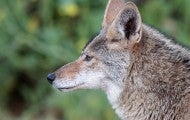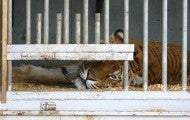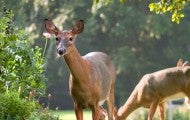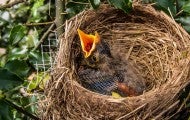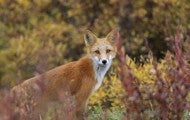Showing 10 of 50 results
If you spot a coyote in your neighborhood, relax: Most coyotes avoid people. “Seeing a coyote out during the day is not a cause for alarm, especially in the spring and summer when they’re out looking for food for their pups,” says Lynsey White, HSUS director of humane wildlife conflict resolution...
Animals with fur suffer immensely in the name of "fashion." Fortunately, more and more brands, designers and retailers are going fur-free. The companies listed below have announced that they don't sell animal fur or are phasing in a fur-free policy. (Please note that leather and shearling are not...
